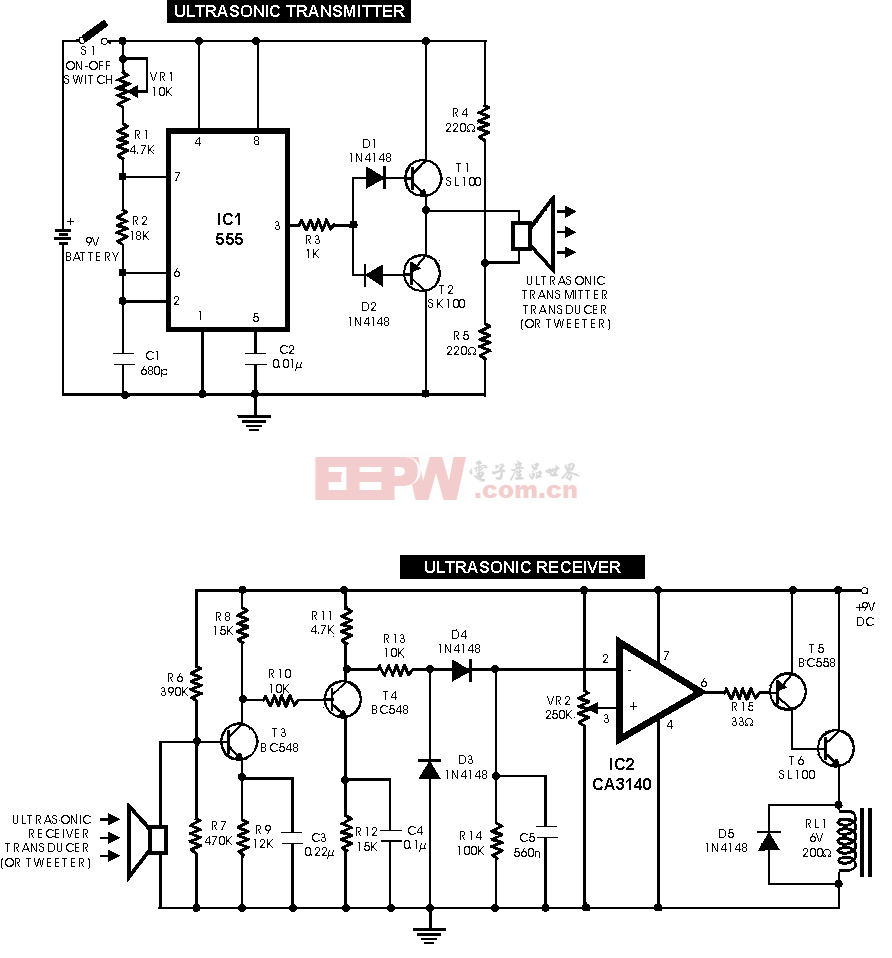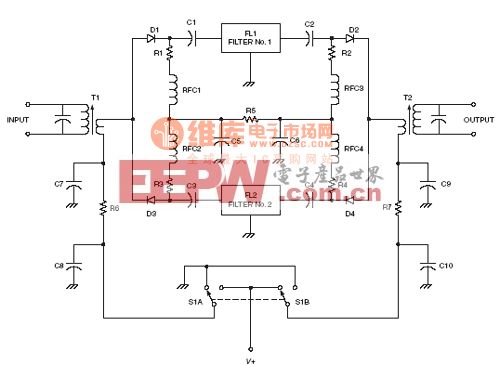Diagnose LEDs by monitoring the switch-mode du
Figure 3. For the Figure 2 circuit with three LEDs in series and a 200Hz DIM signal with 5% duty cycle, these graphs show the filtered DRV signal VD (green) and filtered DIM signal (yellow) obtained with normal operation (a), and one LED shorted (b).
For a system with VIN = 12V and three LEDs in series, where VF ≈ 3V per LED (Figure 3a), the filtered DRV signal (green graph) stabilizes at approximately D × VCC = (9V/12V)5V = 3.75V. The comparator latches when the filtered DIM signal (yellow graph) goes lower than 2.5V, so the comparator begins interpreting the filtered DRV signal after approximately 100µs. Clearly, VD is higher than the threshold Ref (red line) when the comparator is active.
After one of the LEDs shorts out (Figure 3b), VD stabilizes at approximately (6V/12V)5V = 2.5V, and does not exceed the threshold anymore. That condition causes the comparator output to go high, indicating that one of the LEDs has become a short circuit.
The choice of filter constants R1C1 and R2C2 depends on several parameters. The cut-off frequency should be low enough to properly filter the DRV signal, yet small enough to allow the filtered signal to stabilize near the steady-state value achievable within the shortest dimming pulse.
This circuit can easily be adjusted to detect open-circuit LEDs. When an LED breaks and stops conducting current, the DRV duty cycle goes to 100% (when DIM is high). If you then swap the comparator-input connections and put Ref slightly below VCC, the comparator output goes high in response to an open LED.













评论